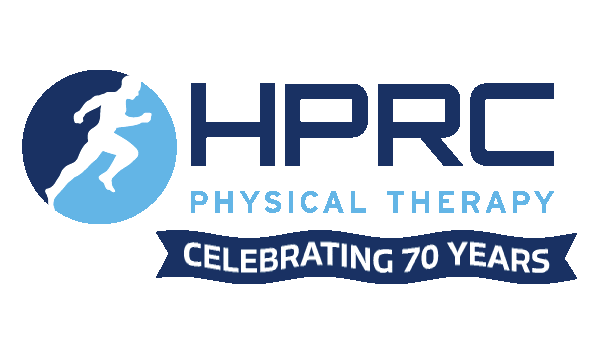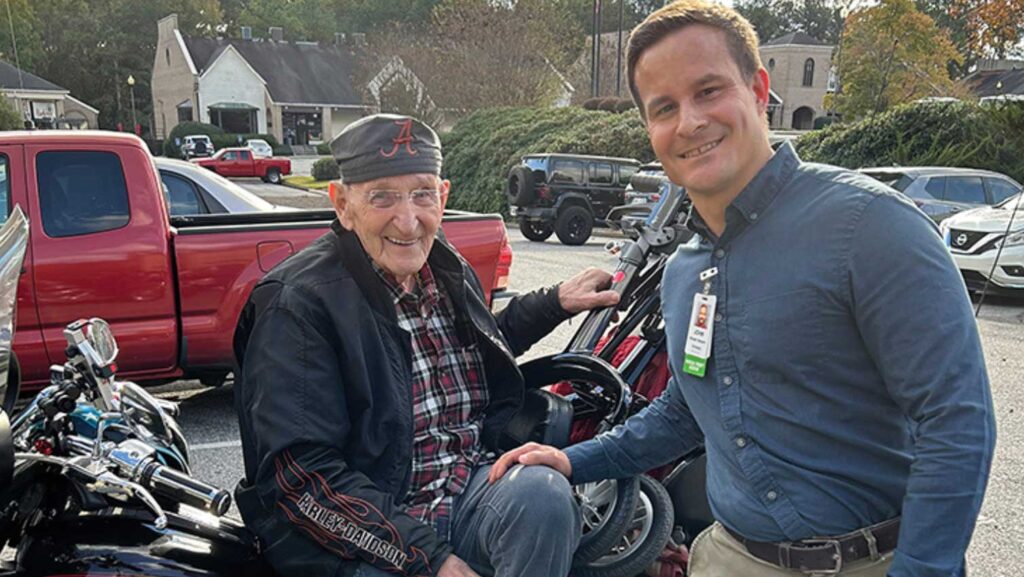Constipation is the most common digestive complaint presented to doctors, estimated to affect more than 4 million people in the U.S. While common — and perhaps a little difficult to discuss – it can be treated. The good news is a pelvic physical therapist can help. Pelvic Physical Therapy is a specialty that focuses on the muscles of the pelvis that relate to the bladder, bowel and sexual dysfunction. A Pelvic PT will take a thorough history of your problem and perform a clinical exam of the musculature of the pelvic floor for tone, tenderness, contraction and relaxation. There are a number of techniques employed in the practice to help you regain control. The first and most important is basic education.
Let’s define constipation. Having a BM three times a day to three times a week is considered normal. If you are having a BM less than three times week, you have met one of the criteria for constipation. Do you strain to pass a BM more than 25% of the time? Are your stools hard or lumpy more than 25% of the time? Do you feel that your stool is blocked, or that your BM is incomplete 25 % of the time? Do you have to manually assist to complete a BM? If you answered yes to two or more of the above questions, you are constipated.
A number of different issues can cause constipation, including:
Poor diet
The American diet is generally low on fiber. The USDA recommends 25 grams of fiber for women, and 38 grams for men under the age of 50. Over the age of 50, the recommendation is 21 grams for women and 30 grams for men. Some fibers add bulk to your stool, which helps to regulate a BM. Adding other fibers helps to prevent heart disease, lower cholesterol, and even helps to regulate blood sugars. These are definite benefits for us all. Keeping a food diary for two to three days can help you track the amount of fiber you are consuming. Fiber is best obtained with food but supplements are available and helpful. It’s important to increase fiber slowly, and to increase your water intake at the same time. Generally, your water intake should be close to ½ your body weight in ounces, depending on how active you are. Fiber-rich foods to incorporate into your diet include cooked beans, bran, whole grains, fruits, vegetables and high fiber nuts.
Medications
Some medications, including opioid pain medications, antidepressants, urinary incontinence meds and others can cause constipation. When taking these drugs, it’s important to increase your intake of fiber-rich foods and water. Talk to your doctor if you think your medication is contributing to your constipation.
Dyssynergic Defecation
In about 50% of chronic constipation cases, the cause is a condition called dyssynergic defecation, or the inability to coordinate the diaphragm pelvic floor and the abdominal muscles. If your symptoms include a feeling of incomplete evacuation, straining and bloating your pelvic floor muscle, it may be what we term “non relaxing.” It might seem odd to tell you that you must learn how to have a BM, but long-term straining leads to poor coordination of the ability to evacuate the bowel. Dyssynergia occurs when your pelvic floor muscles contract instead of relax and lengthen to pass a BM. Biofeedback and neuro-muscular education will help get you back on track. One of the simple solutions here is to use a foot stool. A well-known one is called the Squatty Potty. It’s a foot stool that brings your knee into a position that is higher than your hip (the squat position), and it creates relaxation in the pelvic floor musculature.
Rectocele
A rectocele is one type of pelvic organ prolapse. A rectocele can occur in women secondary to pregnancy and childbirth. The risk of rectocele increases with age. It is generally caused by a weakening of the support structures (muscles and ligaments), and it can become worse with chronic straining during a BM, and even heavy lifting. A pelvic physical therapist can assess for prolapse. A large rectocele and inability to empty the bowel may require surgery. Surgery restores the anatomy, but it does not correct the dysfunctional strategy that occurred to manage the rectocele. Physical therapy is appropriate 4-6 weeks after surgery to improve defecatory function.
Rules to Poop By:
While each cause of constipation requires its own therapeutic strategy, there are several good rules to follow to improve constipation and to keep it from returning.
- Don’t push for a bowel movement if there is no urge to push.
- Don’t ignore the urge to have a bowel movement when you feel it.
- Create a regular time to have a bowel movement, preferably first thing the morning, or 20 –30 minutes after a large meal.
- MiraLAX is best taken just after your evening meal, so that it can help to produce a morning BM.
- Four ounces of prune juice with pulp taken at bed time, also helps to produce a morning BM.
- Elevate your knees when sitting on the toilet. Use a footstool preferably at least seven inches high so that your knees are higher than your hips. This places you in a squatting position and allows the posterior pelvic floor muscles to relax.
- Use diaphragmatic breathing throughout your day.
- Learn how to coordinate the diaphragm, abdominal and pelvic floor muscles in order to eliminate straining.
- Exercise regularly.
Constipation is a frustrating condition. Pelvic physical therapists may use neuromuscular education myofascial release, biofeedback, relaxation/strengthening exercises, joint mobilization, abdominal massage and pelvic floor muscle massage amongst their many tools to help you regain control.
Joanne O’Connor PT, PRPC is a licensed physical therapist employed with HPRC since 2001. She is a certified Pelvic Rehab Practitioner through the Herman and Wallace Institute since 2016. Joanne received her Bachelor of Science degree in Physical Therapy from the University of Connecticut in 1978. Her clinical interests include the Spine and Women’s Health. She welcomes all diagnoses related to the spine and women’s health inclusive of pregnancy, postpartum urinary and fecal incontinence, constipation and pelvic pain. She is a member of the American Physical Therapy Association Women’s Health Section. Joanne is also a member of Pelvic Guru and the Global Pelvic Health Alliance



